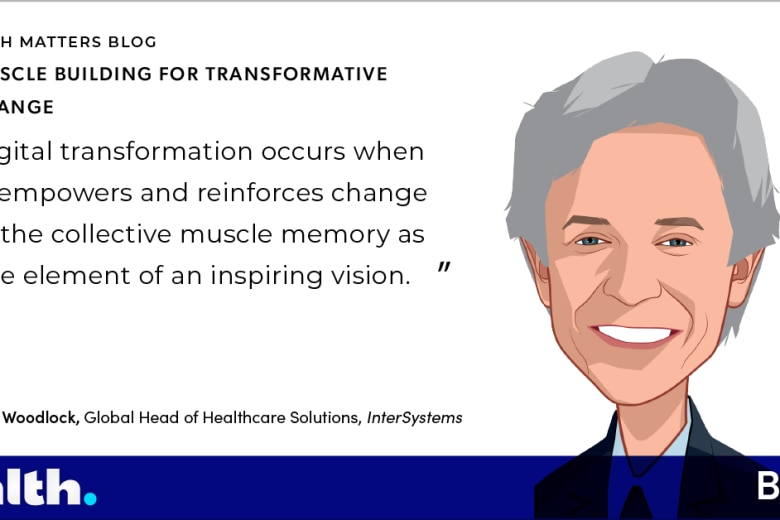I recently attended the InterSystems China Summit in Shanghai and continue to be astounded at the rate of progress toward healthcare reform objectives across the country.
To put this into context -- in the space of two generations, life expectancy in China has risen by 30 years. The country recently achieved 95 percent universal health coverage, the largest expansion of insurance coverage in human history. But today, it is facing a fresh set of health challenges associated with mass urbanization and rapid industrialization. Levels of chronic, preventable diseases have increased dramatically. Smoking rates are staggeringly high. There are currently 140 million Chinese citizens aged 65+, and by 2030, this is predicted to rise to 230 million.
Dr. Jenny Shao, Health Information Systems Director at China’s United Family Healthcare -- the nation’s first and largest foreign-invested private healthcare provider – explains that the genesis of China’s extraordinary gains in population health over the past half century lies in the 1950s with the introduction and cross-nation deployment of ‘barefoot doctors’. The barefoot doctors weren’t registered medical practitioners, and had only basic medical knowledge. The barefoot doctors provided targeted outreach within a stratified approach that focused on the most vulnerable populations, and employed cost-effective preventative care models. They worked in the villages, delivering babies, administering vaccinations and treating infectious diseases. They were instrumental in achieving major gains in maternal and child mortality, for example, and protecting rural populations from infectious diseases via vaccination programs. By the 1970s, their ranks had swelled to one million.
Nowadays, it is information management that is driving transformation of care delivery and improved patient outcomes, just like the barefoot doctors did in the last century.
Take the case of United Family Healthcare (UFH), which began its investment in a world-class Electronic Medical Record (EMR) system nine years ago. Initially, the EMR enabled workflow and process improvements and helped to standardize care practices. Over time, UFH expanded and optimized their use of the EMR and have now successfully achieved Stage 6 of the HIMSS EMR Adoption Model. They went paperless 2 years ago, and with this information foundation firmly in place, they are now starting to more fully utilize the data in their EMR to pursue new initiatives to increase the quality of care and improve the cost-effectiveness of that care.
One of these initiatives is population health management. UFH is harnessing the potential of healthcare data to achieve improvements in the health of their patient population. For example, by identifying a cohort of patients at risk of developing Type 2 Diabetes, via an analysis of risk factors such as high blood pressure, obesity and age, UFH can begin to design proactive, preventative strategies customized to this high-risk group.
UFH pioneered “family medicine” in China over 20 years, helping patients better manage their whole family’s health with care tailored to the patient’s needs. They are now harnessing their data to turn the ‘come and get it’ model of healthcare provision on its head with a more targeted, proactive approach to managing the health of the population under their care.
In seeking to surmount contemporary population health challenges, smart strategies like this will win the day. Many are sure to follow in the footsteps of the barefoot doctors—and UFH.




































